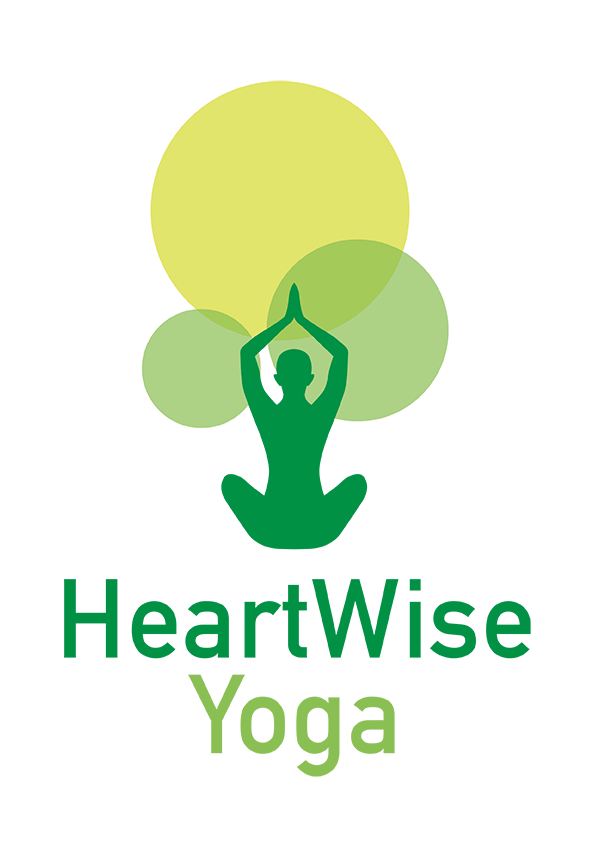As you probably have heard before, the word “yoga” originally comes from “yoking;” the union, the bringing together of apparent opposites such as body and mind, material and spiritual, yin and yang, etc.
Personally, I like to see yoga as the process of integrating. Rather than the mere “putting together,” integration is a process of uniting with something in a mindful, intentional way, because one seeks to take something out of whatever is integrated further on the path and enjoy the benefits of it. When we integrate, we consciously learn and thereby keep on building up and growing – at the physical, mental, and inner-wisdom levels. The ancient texts of yoga, the Yoga Sutras of Patanjali, speak about yoga as the integration of Prakrti, the dense world of our everyday thoughts and actions, and Purusha, the state of merging with our true, free nature.
Yoga, consisting not only of the asanas (postures) we typically do in a public class but also of meditation, self-study, and the wisdom of the ancient sages, is designed as a practice that supports us in living our lives from a more balanced place—yes, but not only. The ultimate goal of the practice is to experience, even for a short moment, the deep joy that lies within us at all times, but which we tend to forget and obstruct with the concerns, worries, and fantasies that pull us out of the only reality there is: this unique moment.
Put in more modern words, the practice of yoga is about integrating the state of presence, balance, and peacefulness we find on the mat into our everyday, busy lives. These two—our demanding life and schedule, on the one hand, and the yogic state of calm and presence, on the other hand—do not need to be “opposite,” however. We can have both, at the same time. Actually, I believe we are supposed to. As my friend and teacher Whit Hornsberger often says in his meditation retreats and on his Instagram: “We don’t live to meditate, but we meditate to live more efficiently.” Personally, I like to replace efficiently with enthusiastically, and perhaps you want to substitute it too with your favorite adverb!
OK. Sounds good. But how do we get there?
It is a big topic, you might think—and fair enough. One aspect, though, that I find—in the end—is common to many ancient (and more modern) wisdom traditions that seek inner liberation and deep happiness is that: Only when we can grow our awareness enough to hold apparent opposites together, can we know liberation (or bliss, inner peace, samadhi, nirvana, God, Pure light, Ananda, or any name you might feel best captures it).
You might not think about it each time you go to a yoga class or sit quietly, but it is happening. Different from a one-time fix, this process builds up over time (and often, a long time!). In a more dynamic asana class, for example, we develop our awareness of different parts of the body and make them work together. We connect the body and the breath. We effort, and we surrender. At a more biomechanical level, we engage our muscles as we stretch them, so we actually hold the opposites together much of the time.
If you feel disconnected from your practice, or any practice at all, no worries. If you do not do it already, go for a short walk in your neighborhood without anything in your ears, and pay attention to your breath, to your steps. Notice that you can move and be aware at the same time, even if it is only for 10 seconds at a time. Look at what you see as you walk and try to notice your chest at the same time.
At a psychological level, next time fear, anger or sadness come up, you can open yourself to the fuller picture and become aware of the story running in your mind at the same time as the physical sensations caused by the emotion.
Next time you find yourself rushing to the next meeting or activity, try to stay aware of the place in you that is still soft; perhaps your back, your chest, your belly, or maybe your palate or armpit.
The world is made of opposites. One way to go about it them is conflict, arguing as righteous opponents, and continuing digging the gap of separation which, in the end, has caused our experience of suffering.
Another way to approach opposites is to soften and yield. Beyond any practice, softening requires our willingness to yield and let go of the idea of separation—or at least to open to this idea. The work we engage with our body is essential. Yet the work with our mind and heart is—at least—just as necessary.
Holding the opposites, together
You do not have to do it alone. It takes a village to rise a child, and so it does to grow as a person towards a deeper inner peace. Although we might think the opposite (once again), our spiritual work is not just a solo journey; it is a path of togetherness.
I hope you’ll join me soon for a class or the next meditation immersion or retreat. In all my offerings, I do my best to create a safe space where, together, we can grow our capacity to hold the apparent oppositions in ourselves, in our life, and in our world. To support you in deepening your practice on the mat to take it then off the mat is the passion that drives my work. I believe in the multiple gifts of your practice, available right here at your fingertips…
… One breath, one move, one moment at a time.
Much love,
Cédric

